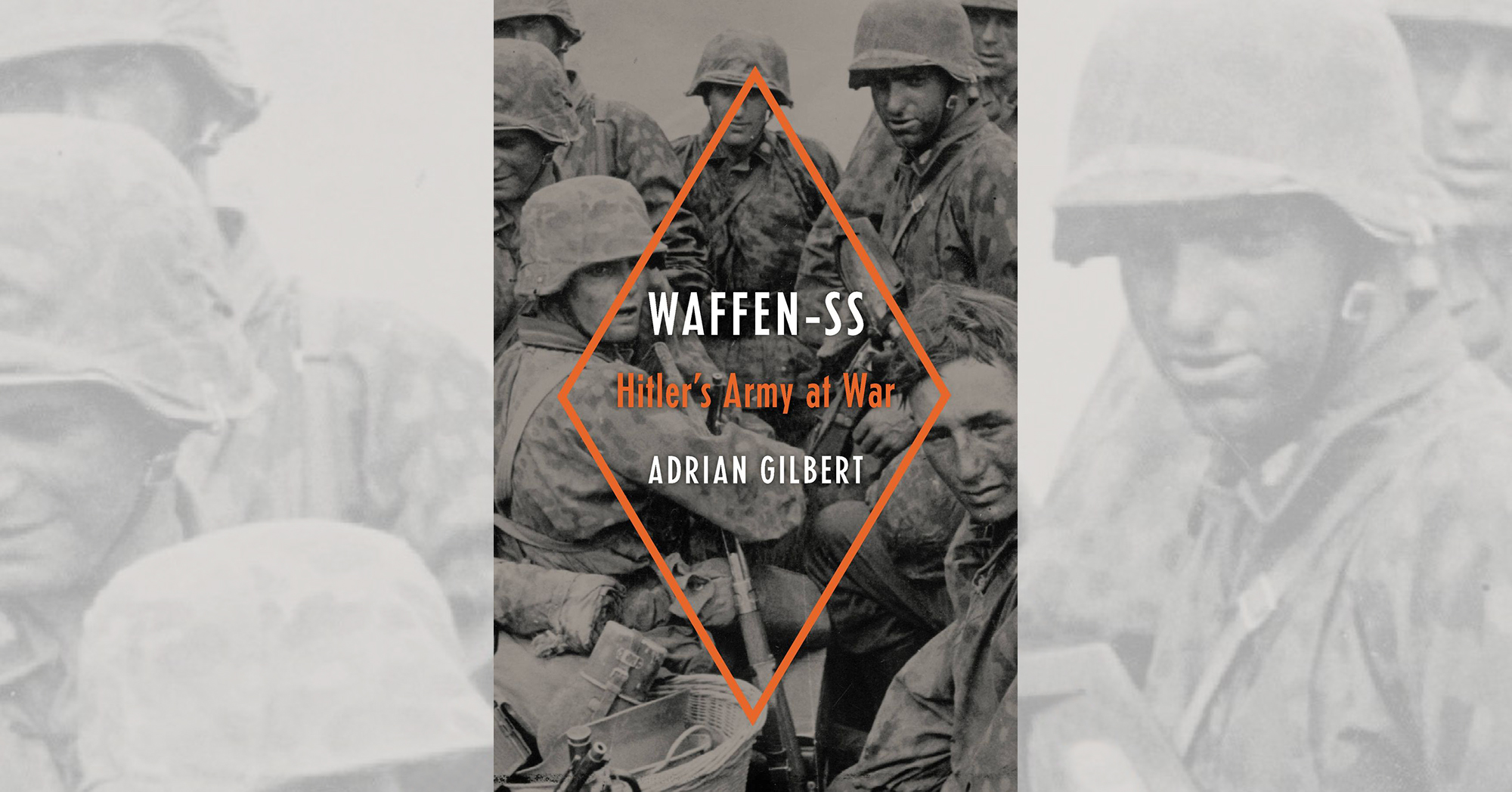Waffen-SS: Hitler’s Army at War, by Adrian Gilbert, Da Capo Press, New York, 2019, $32.50
The Schutzstaffel (SS) was the most inexplicable political and military organization in German history. During the period of the Third Reich it represented a state within a state, its military arm, the Waffen-SS, an army within an army. Founded as Adolf Hitler’s armed bodyguard, the Waffen-SS quickly grew into division-sized and then corps-sized units. Although it theoretically remained separate from the Wehrmacht, from 1939 on it came increasingly under the operational control of the German army (Reichsheer) for combat operations. The lines between the organizations remained blurry, while animosities between the two persisted throughout the war.
Although unit histories and campaign studies of the various Waffen-SS divisions and formations are commonplace, Adrian Gilbert’s work is the first operational history of the organization as a whole since George Stein’s 1984 book The Waffen SS: Hitler’s Elite Guard at War. This new book has much to offer both the specialist and the general reader. Grounded in the broad historical consensus that has emerged over the last 35 years, Gilbert presents a clear and highly readable treatment of what rightly is regarded as the most infamous military force in modern history. Immediately after the end of World War II, however, there was a concerted German effort to paint the Waffen-SS otherwise.
In May 1945 the defeated Germans faced history’s harsh judgment for the barbaric policies and actions of the Third Reich. As early as the Nuremberg Trials, which convened that November, the losers sought to draw a sharp line of distinction between the “evil SS” that had perpetrated such crimes and the “honorable Wehrmacht.” Along with 22 ranking individuals of the Third Reich, six of its organizations were tried before the International Military Tribunal. Led by Field Marshal Erich von Manstein, a coalition of former Wehrmacht officers argued successfully for the acquittal of the German General Staff and Wehrmacht high command. Similarly, though the Waffen-SS was on trial as a component of the broader SS, its former officers, led by SS-Oberstgruppenführer Paul Hauser, pursued the argument that soldiers of Das Schwarze Korps (“The Black Corps”) had been “soldiers like any other.” Regardless, the SS as a whole (including the Waffen-SS) was convicted of being a criminal organization and thus became Germany’s “Alibi of the Nation.”
History has since demolished the myth of the “clean Wehrmacht,” while the legacy of the Waffen-SS remains even blacker by orders of magnitude. As Gilbert shows, and contrary to earlier claims, frontline Waffen-SS units played leading roles in the genocidal mass executions carried out by rear-area SS Einsatzgruppen murder squads. That said, as Gilbert also makes clear in this balanced assessment, not all of the more than 900,000 troops who served in the Waffen-SS were mass murderers or Nazi racial fanatics. Unfortunately, far too many were.
—David T. Zabecki





